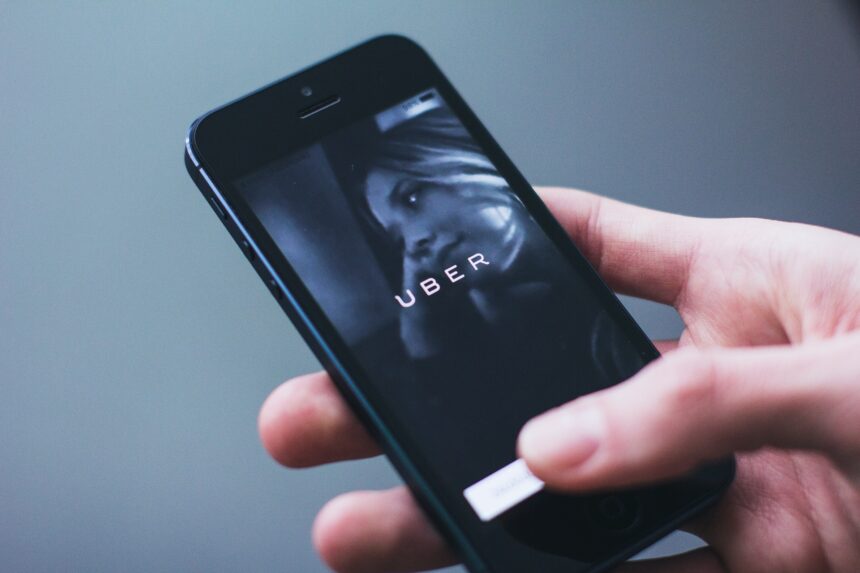While ridesharing services are a good start to addressing the problem of missed medical appointments for patients without personal vehicles, this may not actually be the best solution. For patients without access to a car — and especially those with chronic health conditions that require frequent visits to the hospital — missed appointments are a common, even inevitable occurrence. Those who live far from their medical facility and rely on public transportation are especially likely to miss appointments: in fact, patients who ride the bus are twice as likely to miss appointments as those with access to a car, and according to a study cited by NCBI, of “200 children with a history of missed appointments, 51% of parents identified transportation barriers as the primary reason for missing clinic appointments.” When it comes to patients plagued by chronic conditions requiring frequent treatment, these missed appointments can be a matter of life and death. In addition to the serious impact on patient health that a lack of adequate transportation can have, healthcare providers lose revenue each time a patient fails to arrive — no-shows cost the U.S. healthcare system more than $150 billion per year. In order to decrease missed appointments and healthcare revenue losses, a number of hospitals across the country have started partnering with ridesharing services like Uber and Lyft to transport patients to and from their appointments.
Alongside Benefits, Lingering Drawbacks
At first glance, ridesharing services seem uniquely primed to improve patient access to care. A company like Uber has numerous drivers on the road at all times, which means that your ride will be at your doorstep within minutes. Not only does this eliminate the time spent waiting for a bus or train to arrive; Uber trips also tend to be considerably shorter than public transit alternatives, so patients don’t have to set aside a whole day to get to and from the doctor. For many patients, ridesharing programs may finally provide easy access to healthcare, and this is no small feat. That said, certain limitations to ridesharing services may prevent them from ever fully resolving the issue of patient access. First of all, despite their ubiquity in many urban centers, Uber and Lyft aren’t everywhere. While Uber currently covers 75% of the U.S., reaching 100% will be almost impossible, and the regions left off the map tend to be impoverished rural communities: in other words, those most in need of alternative access to healthcare. In addition, the legality of ride-sharing services continues to be disputed, and numerous cities around the world have either banned Uber or attempted to. For patients in need of consistent transportation for regular, critical hospital visits, this instability is unacceptable. Finally, there’s the all-important question of cost. For some patients, ridesharing programs are covered by their health insurance plans, but the majority do not qualify for such assistance when it comes to regularly scheduled appointments. For example, Medicare does not typically cover non-emergency (i.e. ambulatory) medical transportation. Given the choice between paying for an Uber ride and taking the much more affordable bus, many resource-strapped patients will choose the latter.
A Better Solution in Telehealth
Fortunately, there is another solution for patients who have difficulty accessing healthcare: telemedicine. A number major healthcare systems, such as Mayo Clinic and Boston Medical, have been working overtime to deliver standardized, scalable telehealth services that allow patients to receive medical counsel from their physicians without ever leaving their homes. What makes telehealth so revolutionary is that it can be used to reach patients living far off the Uber grid: resourceful medical teams throughout the country have developed telehealth solutions for rural areas and other underserved communities. In addition, telehealth can benefit patients with physical needs that exceed Uber’s capabilities: those in wheelchairs, for example. Many hospitals are also now employing remote monitoring technologies, such as apps, wearables, and other wireless medical devices, and seeing a major impact on both patient health and the cost of care. According to Vidant Health’s Chief Medical Officer Mark Rumans, since implementing such technologies in the hospitals and other healthcare facilities they run across North Carolina, they’ve seen a “significant reduction” in patient admissions — about 74% over the course of a single year. These benefits make telehealth and remote monitoring devices viable alternatives for delivering care to patients without easy access to a vehicle. If nothing else, telehealth can help fill the inevitable gaps left by ride-sharing programs, ensuring that every patient receives adequate care — regardless of location or financial wherewithal.

